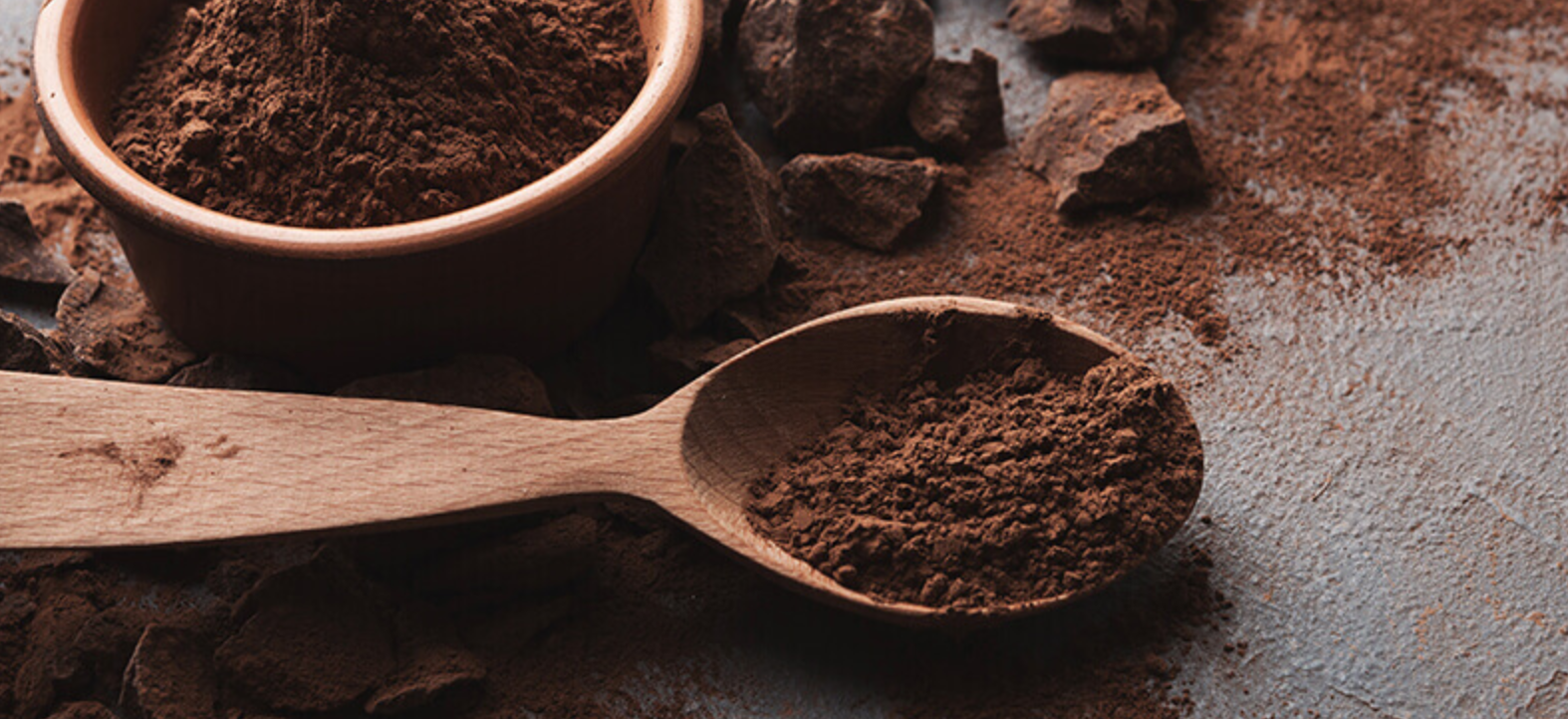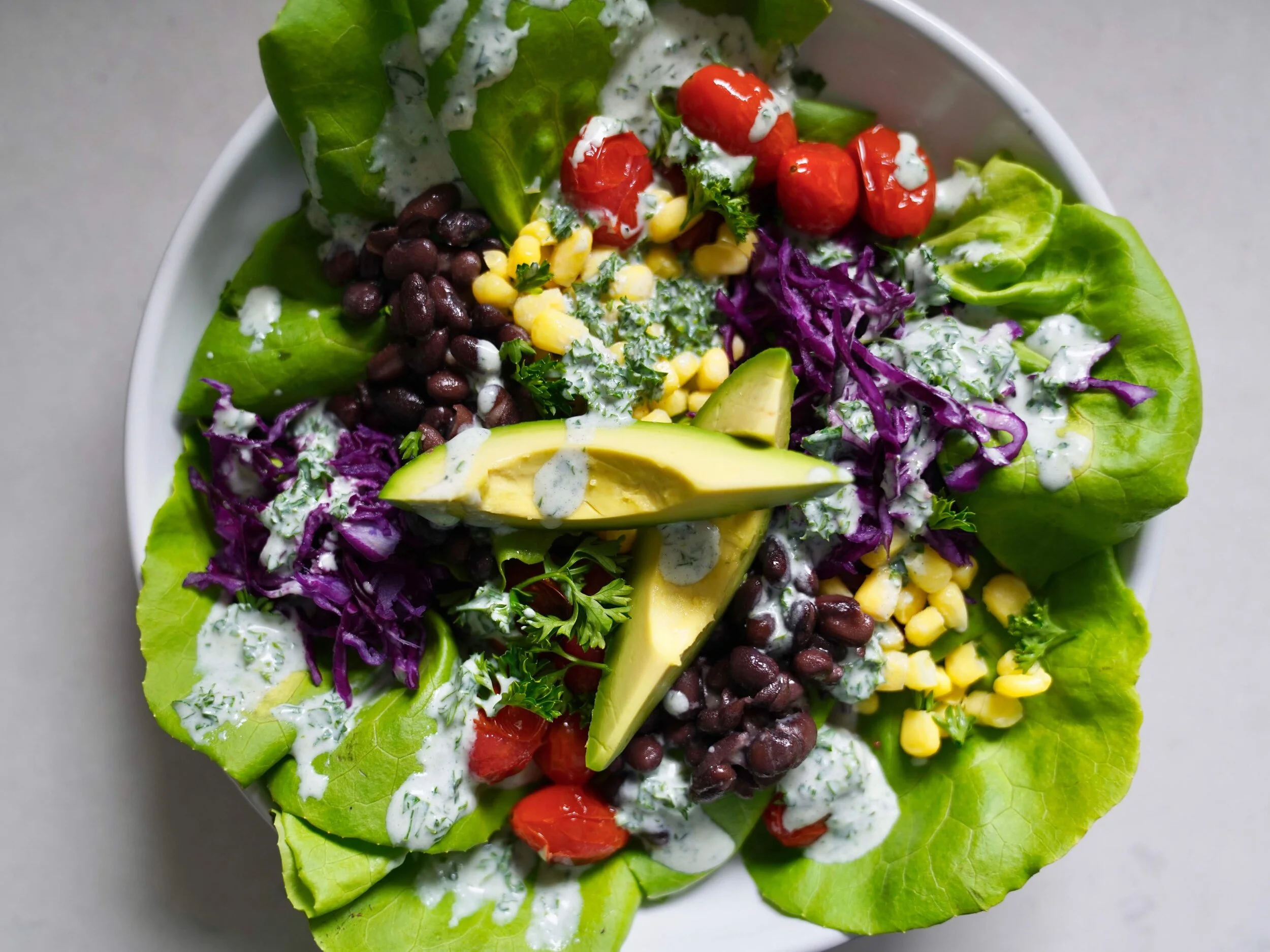It’s a hot and dry time of the year in many places in the northern hemisphere ––the sun has been strong, the air has been dry and our skin surely needs a little extra TLC.
The sun is something that can accentuate our overall health or with over- exposure, the effects are dangerous and damaging. It’s no myth that what we put in and on our bodies, is directly reflected in the quality of our skin health.
Here are some easy ways we can enjoy the late summer lifestyle, while still taking care to maintain healthy, and glowing skin.
Step One: Hydrate
Our skin is our largest detoxifying organ and it is most radiant when all its cells are properly nourished and hydrated.
There’s a simple equation to gauge how much water you need to drink every day: Take your body weight, divide by two, and convert that number to ounces. This will give you the minimal amount of water your body needs to stay sufficiently hydrated.
With increased physical activity or time being out in the hot and dry sun day you will require more hydration.
Water is also a crucial detoxifying agent, keeping the liver and the related organs (i.e. skin) flushed and fresh.
For a more versatile hydration boost, try adding some electrolytes to your water.
Step Two: Moderate
As most of you may know, our bodies absorb vital nutrient energy from the sun in the form of Vitamin D. What you may not know is that too much exposure will prevent this from effectively happening.
Just as your muscles need a warm-up before performing an intense athletic activity, your skin needs to ease into sun exposure before it can efficiently reap the benefits.
Minimize damage while still getting healthy Vitamin D exposure by choosing the safest times of day to be in the sun –– before 10 am and after 4 pm.
Step Three: Protect
When searching for the right sunscreen, it is important to use an eco-friendly, biodegradable product, so be sure to read the ingredients before you buy!
Additionally, topical antioxidants such as Vitamin C, Vitamin E and green tea extract help to increase absorption directly into skin cells, concentrating the skin’s continual repairing process.
These nutrients fight free radical damage from the sun and environmental pollution and stress. The gradual buildup of these antioxidants on the skin can provide protection for up to a few days at a time.
Here are some important ingredients to avoid when buying a sunscreen:
paba: a chemical used in sunscreens since the 1950s that is now showing an increase in free radical damage;
parabens: a pertrolium-based preservative that never leaves the blood stream and has been shown in studies to have a direct link to breast tumors and sperm count reduction;
triethanolamine (TEA): which may cause the formation of cancer-causing nitrosamines when combined with nitrite (another preservative); and
benzophenome: one of the most powerful known free radical generators.
Also, minerals such as zinc and titanium dioxide are extremely beneficial in protecting the skin from harmful UVA and UVB rays when applied topically.
Using skin-friendly oils as full-body moisturizers, such as coconut, almond, and olive oil, will enhance the skin’s overall appearance. Red Palm Fruit oil, which can be found in your grocery store, is one of the highest sources of antioxidants in the form of carotenoids, tocopherols and tocotrienols, all of which replenish the skin with essential nutrients. Red palm fruit oil can be applied topically during sun exposure or shortly after.
Step Four: Nourish
As I mentioned earlier, diet is a major factor in maintaining a radiant glow and preventing free radical damage. Because skin is the body’s largest organ, it requires a lot of resources and energy to stay healthy. Some general rules of thumb for eating a skin-friendly diet include:
Balance your blood sugar. When you sugar is off you are both negatively impacting the inflammatory response in your body (hello acne) and throwing your hormones into a tailspin. Sabilizing your blood sugar will do wonders for your radiance –– inside and out!
Eat a diet based in whole foods loaded up with phytochemicals (superfoods), Eat fresh, local produce in a rainbow of colors, ensuring that you get all the essential nutrients and enzymes.
Eat foods that are rich in Omega 3’s will aid in the skin’s ability to fight free radical damage. In maintaining healthy, youthful skin it is crucial to avoid hydrogenated and partially hydrogenated oils, trans fats, and processed carbohydrates.
Cleanse with the seasons. Allowing your body a chance to cleanse at least twice per year will not only cleanse various organ systems in the body –– such as the liver, kidneys, colon, and gall bladder –– but will also be visible in your clear bright skin, free from age spots, blemishes, and unwanted toxins.
Step Five: Rest
Sleep helps you regenerate the skin. Sleep can also help to release tension in your nervous system as well as give you more emotional resiliency to manage stressful situations.
The earlier you can get to bed, the better. In many eastern traditions, it is said that each hour before midnight is worth 2 hours of sleep after midnight.
In addition to sleep, try a relaxation practice such as yoga, meditation, or journaling. These types of practices bring us to a centered, grounded place and support us in moving through daily stress with a lot more ease.
Your skin health will benefit from a peaceful, rested, and relaxed day-to-day existence that revolves around balance, nourishment, mindfulness.
Step Six: Delight
Pleasure is one of the principle ingredients in our daily health. Pleasure heals.
Each time we experience pleasure, we release a powerful molecule in the body called nitric oxide. Nitric oxide does wonders for our inflammation, and is the most powerful fighter of free radical damage.
Laughter, exercise, nature, joy, touch and connection with others are some of the most common ways to increase nitric oxide in our bodies.
Your smile is always your radiance. Remember, your radiance shines from within.
Glowing skin is always in!
Want More? Here are some other relevant and inspiring articles to peruse.



















































